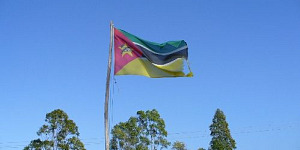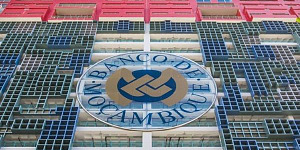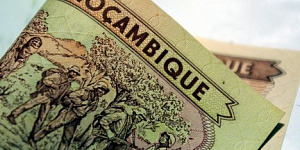Mozambique's central bank left its key interest rate steady for the second time, saying this decision was justified by a deterioration of the risks and uncertainties in the context of an expected rise in prices in 2021 against the backdrop of repressed economic activity.
The Bank of Mozambique (BOM) kept its monetary policy rate (MIMO) at 10.25 percent, as in August, after lowering it twice this year (in April and June) by a total of 250 basis points.
Since April 2017, when BOM began cutting its rate, MIMO has been cut 13 times and by a total of 11.50 percentage points.
Mozambique's inflation rate rose to 2.98 percent in September from 2.75 percent in August and BOM said it expects higher domestic prices next year as the government's price containment measures expire along with supply shocks.
Nevertheless, BOM said inflation is still expected to remain in single digits due to weak demand as the economy is still expected to shrink this year and only recover slowly in 2021.
Mozambique's gross domestic product shrank by an annual 3.25 percent in the second quarter of this year following growth of 1.68 percent in the first quarter.
Since the previous meeting of BOM's monetary policy committee CPMO, it said risks and uncertainties had risen, pointing to the threat of a second wave of COVID-19 and the U.S. presidential election.
Despite last year's peace agreement between the country's government and the main opposition group, which ended sporadic violence that dragged on since a civil war ended in 1992, Mozambique is still experiencing fighting with Islamist insurgents close to the northern border with Tanzania.
The fighting threatens the development of Mozambique's huge offshore natural gas fields in the northern province of Cabo Delgado that were discovered in 2010 and are expected to deliver liquified natural gas in 2024, helping transform the impoverished country's economy.
Earlier this month BOM proposed investing more than half of the country's estimated lifetime revenue of $96 billion from the LNG field in a sovereign wealth fund that would be controlled by the government but managed by the central bank.







































